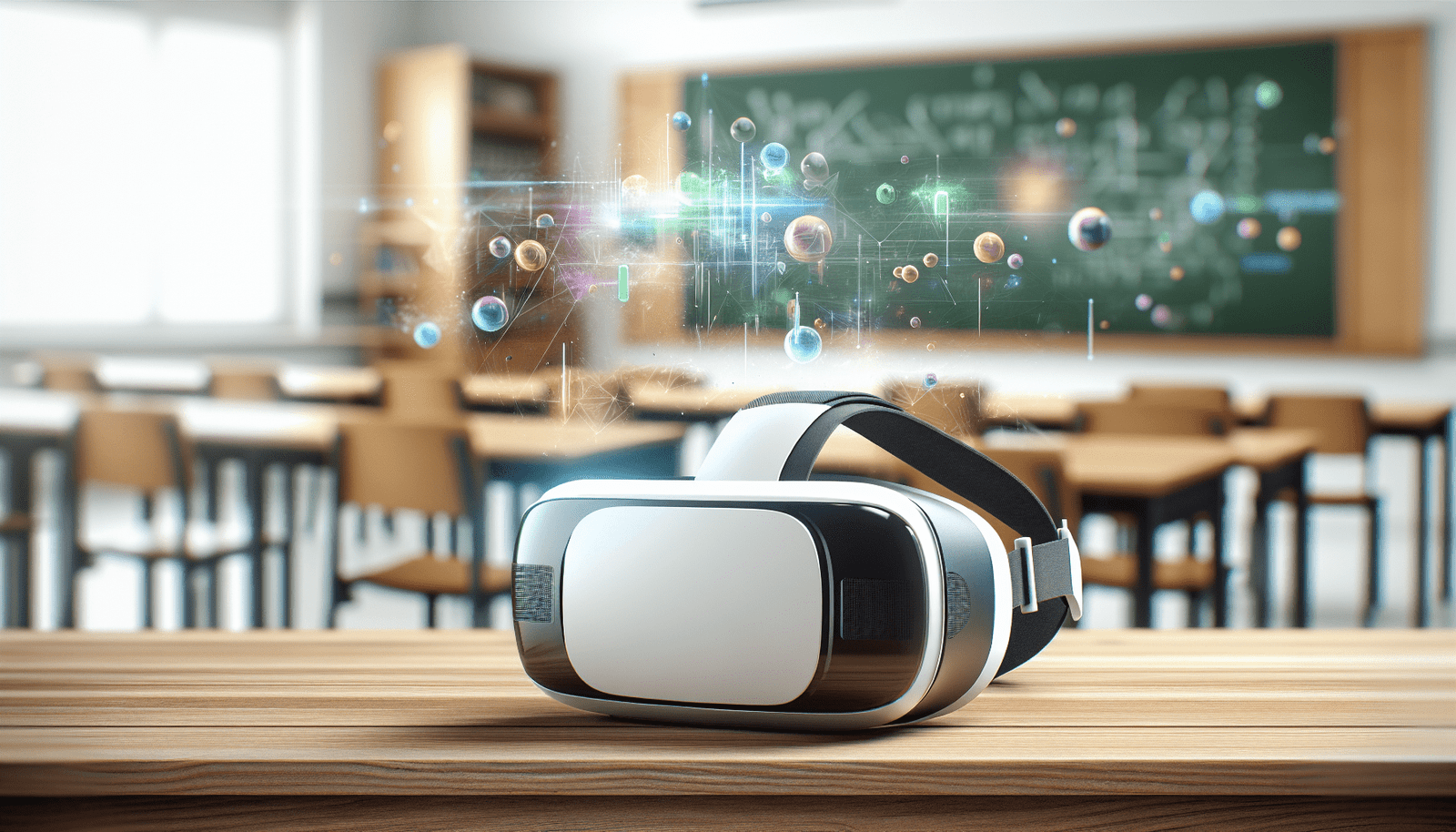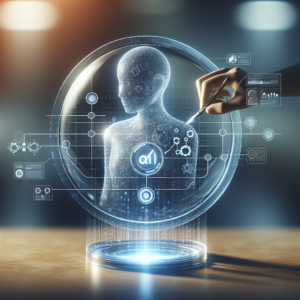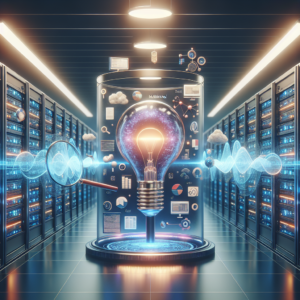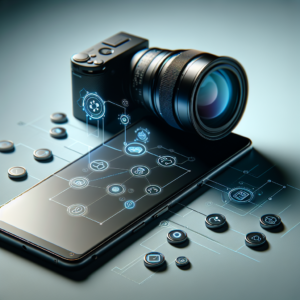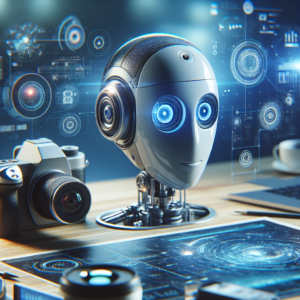Have you ever wondered how technology could transform learning experiences? Virtual Reality (VR) could be one of the most exciting advancements in education. As I reflect on my experiences and knowledge about this technology, I am eager to share how VR is shaping the future of learning.
Understanding Virtual Reality
Virtual Reality is not just a buzzword; it represents a significant shift in how we can engage with information. By immersing oneself in a simulated environment, I can experience experiences that transcend the boundaries of a traditional classroom. Rather than merely observing or reading about a subject, I can actively participate in a 3D space that feels incredibly immersive.
What is Virtual Reality?
At its core, VR is the use of computer technology to create an interactive experience that can simulate physical presence in real or imagined environments. When I put on a VR headset, it transports me to another world where I can interact with surroundings, objects, and even other people in ways I could never do without this technology.
The Components of VR
There are three main components that come together to make VR experiences rich and engaging:
| Component | Description |
|---|---|
| Software | The programs that generate realistic environments and scenarios for users to interact with. |
| Hardware | The physical equipment, like headsets and motion sensors, that allow users to see and feel the virtual world. |
| User Experience (UX) | The interaction design and usability of the VR experience, which dictates how easy and enjoyable it is to use. |
Each component plays a crucial role in ensuring that the VR experience feels seamless and engaging.
The Potential of VR in Education
Thinking about the application of VR in education excites me. The possibilities seem endless and can significantly enhance various aspects of teaching and learning. Let’s explore some specific areas where VR can make a substantial impact.
Enhancing Engagement
Traditional teaching methods can sometimes lead to disengagement among students. I find that VR can elevate engagement levels by making lessons feel more alive. When I am part of a VR simulation, I pay attention because I am actively involved. This environment creates a stimulating atmosphere that keeps learners like me interested and motivated.
Personalized Learning Experiences
Every learner is unique, and what works for one person may not work for another. VR allows for personalized learning experiences tailored to individual needs. For example, in a VR math class, I might explore mathematical concepts in ways that align with my learning style. Whether I am a visual learner or need a more hands-on approach, VR can adapt to meet those needs, offering a powerful tool for educators.
Real-World Simulations
Another remarkable aspect is the ability to experience real-world scenarios in a safe, controlled environment. I can practice surgical techniques in a medical VR simulation, explore historical sites in an interactive manner, or even conduct scientific experiments without any of the risks associated with real-life situations. This experiential learning prepares me for real-world challenges without the fear of failure.
Collaboration and Social Learning
Thinking of VR as a tool for collaboration excites me, too. In a virtual classroom, students from all over the world can come together in the same digital environment. I can work on group projects, share ideas, and learn from fellow students, no matter where we are physically located. This collaborative aspect fosters teamwork, communication, and interpersonal skills.
Educational Fields Benefiting from VR
Different subjects can harness the power of VR to create engaging learning experiences. Here are some notable fields that stand to benefit significantly:
Science and Medicine
In the realm of science and medicine, VR can make complex subjects more comprehensible. For instance:
- Medical Training: I can practice surgeries and medical procedures in lifelike simulations, which enhance my confidence and skills without risking patient safety.
- Biological Sciences: VR enables me to study anatomy by walking through a virtual human body, illustrating the functions of various organs and systems in a way textbooks cannot.
History and Geography
Visualizing historical events and geographical settings is vital for understanding them entirely:
- Historical Reenactments: I might find myself standing in ancient Rome or experiencing significant battles throughout history, providing context that book-based learning lacks.
- Geographical Exploration: VR allows me to visit various world landmarks. I can “hike” the Grand Canyon or explore the Amazon rainforest, gaining a deeper appreciation for our planet.
Language Learning
Learning a new language can be daunting, but VR offers immersive experiences where I can practice:
- Real-life Conversations: I can engage in conversations with native speakers in virtual countries, helping me become more comfortable with dialogue and pronunciation.
- Cultural Immersion: VR simulates various cultures, allowing me to understand and respect the context in which the language is spoken.
Challenges of Implementing VR in Education
While the advantages of using VR in education are numerous, I understand that there are challenges to its wide-scale implementation. It’s crucial to consider these obstacles so we can work towards effective solutions.
Cost and Resources
One of the most significant challenges is the cost associated with VR technology, both in terms of hardware and software. Many schools and institutions may lack the necessary funding to incorporate VR into their curriculums. Moreover, infrastructure must be in place to support these advanced technologies, which can be lacking in underserved areas.
Training Educators
Teachers play a vital role in leveraging new technologies effectively. I realize many educators may not have experience with VR, which can lead to a hesitation in adopting it into their teaching practices. Providing adequate training and support is crucial for successful integration.
User Accessibility
Not every student may have access to the necessary equipment or a high-speed internet connection, which raises concerns about equity. To ensure VR’s effectiveness in education, it is essential to address these accessibility issues so all students can benefit.
Future Trends in VR and Education
The future of VR in education looks promising, and I’m genuinely excited to see how it will evolve. Let’s discuss some upcoming trends that have the potential to change the landscape of learning.
Increased Integration of AI
Combining AI with VR could lead to more personalized and adaptive learning experiences. Imagine a VR environment that learns my preferences and adapts the content based on my progress. This synergy can create a more responsive and tailored educational journey.
Expanding VR Content Libraries
As technology advances, I expect to see an increase in high-quality VR content across various subjects. Institutions and developers are recognizing the need for diverse educational resources that cater to multiple disciplines, ensuring that students experience a wide range of learning scenarios.
Mobile VR Experiences
As VR technology becomes more affordable, mobile VR applications are likely to gain popularity. I can envision using simple VR headsets connected to smartphones, making technology more accessible and enabling education outside of traditional settings.
Collaborative International Learning
With users connecting globally, the likelihood of collaborative projects across countries will increase. Imagine working on a science project with peers from different cultural backgrounds, giving us unique perspectives and insights that enhance the learning experience.
Case Studies of Successful VR Implementation in Education
I find it inspiring to look at real instances where VR has made a significant impact in educational settings. Here are a couple of notable case studies.
Case Study 1: Medical VR Training Program
A medical school in the United States implemented a VR training program for its students. The school introduced VR modules where students could practice various surgical techniques. Feedback showed that students felt more prepared for real-life surgeries when they transitioned from virtual to actual settings. The hands-on practice in a controlled environment provided them with confidence and valuable experience.
Case Study 2: Virtual Field Trips
Several schools have launched virtual field trip programs using VR technology. These trips took students to historical sites, museums, and ecosystems they couldn’t easily visit in person. Teachers reported higher engagement and better post-trip discussions. Students expressed enthusiasm for learning about different cultures and histories while experiencing them firsthand in VR.
Conclusion
As I reflect on the impact of Virtual Reality on education, it becomes clear that it holds immense potential to revolutionize how I learn and engage with information. The immersive experiences, real-world simulations, and personalized learning opportunities can reshape the educational landscape as we know it.
However, it’s essential to address the challenges surrounding cost, accessibility, and training to ensure that the benefits of VR are available to all learners. As technology continues to advance and evolve, I eagerly anticipate how VR will become an integral part of my educational journey.
The future of learning is undoubtedly virtual, and I look forward to experiencing it firsthand!

